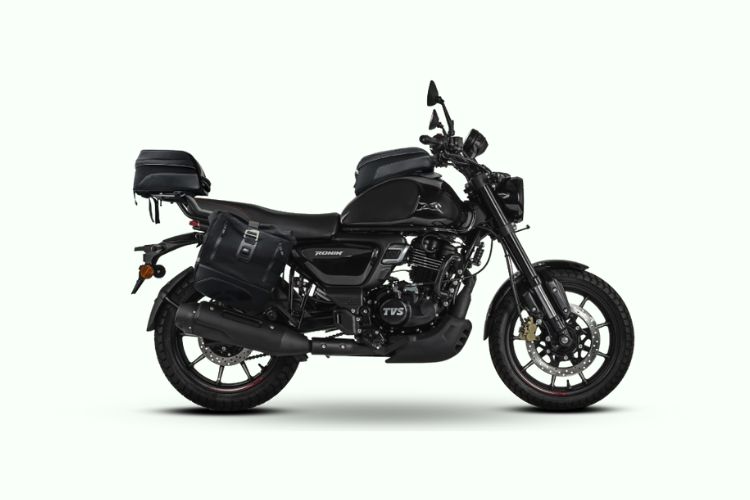Story overview
The anticipation is building, the revs are rising, and Yamaha enthusiasts are gearing up for a thrilling ride as the Japanese manufacturer prepares to reintroduce the R3 and debut the MT-03 in the vibrant Indian market.
Highlights


News Story
The anticipation is building, the revs are rising, and Yamaha enthusiasts are gearing up for a thrilling ride as the Japanese manufacturer prepares to reintroduce the R3 and debut the MT-03 in the vibrant Indian market. This article unveils the exciting details surrounding the launch, specifications, and what riders can expect from these two iconic models.
Yamaha’s Strategic Move
In a strategic move that has been brewing for some time, Yamaha is set to make a significant impact on the Indian motorcycle scene. The company’s decision to bring back the R3 and introduce the MT-03 signifies a bold step towards catering to diverse rider preferences.
A Sneak Peek in Thailand
Our journey with these two bikes began with an exclusive walkaround at the Madras International Circuit back in July. Subsequently, during the Indian MotoGP round, we learned of the imminent launch scheduled for December 15. Currently, enthusiasts are getting an exclusive chance to experience these models firsthand in Thailand, adding to the excitement surrounding their arrival.
Nationwide Deliveries
Post the grand launch on December 15, Yamaha enthusiasts can rejoice as deliveries will commence across over 100 cities nationwide. However, it’s worth noting that these two models will not be available at every Yamaha showroom. The company plans to sell the R3 and MT-03 exclusively through select Blue Square dealers across the country, ensuring a personalized buying experience.
The Dynamic Duo: R3 and MT-03
The fully faired YZF-R3 is making a triumphant return to the Indian market, having been previously sold during the BS4 era. Joining its ranks is the MT-03, making its debut on Indian roads. Both models share the same powerful 321cc parallel-twin engine, boasting an impressive 42hp and 29.5Nm, housed within an equally robust diamond-type frame.
Suspension Upgrades
A notable upgrade from their predecessors, both the R3 and MT-03 will feature an upside-down fork at the front and a monoshock at the rear. This enhancement promises a smoother and more controlled riding experience, adding to the overall appeal of these bikes.
Pricing Considerations
While Yamaha enthusiasts eagerly await the release, pricing details suggest that these two models will position themselves at the higher end of the spectrum. The decision to bring them in as completely built units (CBUs) initially, as opposed to completely knocked down units (CKDs), indicates that they may not compete directly with the likes of the KTM 390 Duke or RC 390. However, Yamaha aims to strike a balance, ensuring they remain competitive without reaching the exorbitant price tags associated with some premium models like the Kawasaki Ninja 400.
Conclusion
As December 15 approaches, the excitement among Yamaha enthusiasts is palpable. The return of the R3 and the debut of the MT-03 promise a new era of exhilarating rides for Indian bikers. Yamaha’s strategic decisions, coupled with the powerful specifications and exclusive dealership approach, underscore a commitment to delivering a unique and thrilling riding experience.
FAQs
Q1: When will the Yamaha R3 and MT-03 be available for purchase?
A: Deliveries are set to begin soon after the grand launch on December 15, reaching enthusiasts across more than 100 cities.
Q2: Where can I buy the R3 and MT-03?
A: Yamaha plans to sell these models exclusively through select Blue Square dealers across the country for a personalized buying experience.
Q3: What makes the R3 and MT-03 stand out in terms of performance?
A: Both models boast a powerful 321cc parallel-twin engine, producing an impressive 42hp and 29.5Nm, ensuring a thrilling riding experience.
Q4: How do the upgraded suspensions contribute to the riding experience?
A: The addition of an upside-down fork at the front and a monoshock at the rear promises a smoother and more controlled ride.
Q5: How do the prices of the R3 and MT-03 compare to other bikes in the market?
A: While positioned towards the higher end, these models aim to strike a balance between competitiveness and avoiding exorbitant price tags.







